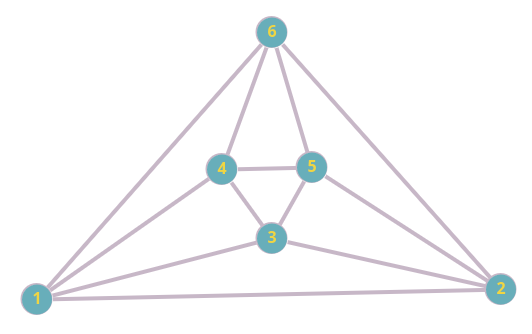Hello to everyone,
We have a question for task 3. We are unsure, if the indices of the alogrithm are correct. We noticed a problem, when we walk through the algorithm with an example:
We have drawn the graph for k=3, and want to add v4. We know that w1=v1, w2=v3, w3=v2, since they are on the outer face of G3.
Now the first sentence in step 3 tells us that the neighbours of v5 in G4 are ordered by their order in the outer bound on G3. But v4 is a neighbour of v5 in G4 (and hence one of the points wp,...wq) but we don't know its order as it is not in G3.
Therefore we do not know the order of the neighbours of v5 and hence cannot detemine the x value of v4 in the next step because we don't know what wp and wq are and therefore don't know their x-coordinates.
Hopefully you can help us!

